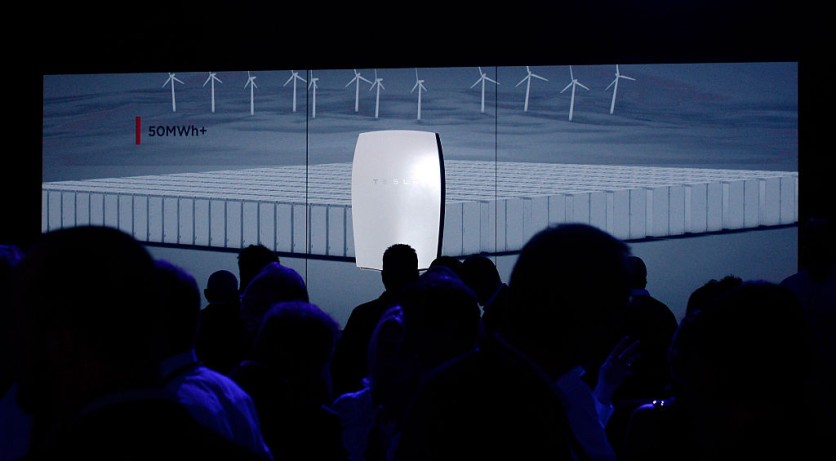In order to build a massive new energy storage system that will soon take the place of the state's final coal power plant, Tesla Megapacks will be established in Hawaii.

Hawaii, which already has the largest installed solar capacity per capita, plans to use only green energy by the year 2045.
But since the sun is not always present 24/7, the state wants to manage all that renewable energy with energy storage capability.
"100% Green Energy"
According to Electrek's report, Tesla has been installing batteries in Hawaii for years to use 100% green energy. The automaker collaborated with Hawaiian Electric on massive new battery systems and a Powerwall-based virtual power plant.
But now that the Tesla Megapacks are arriving in Hawaii, the final coal power plant in the territory will finally be shut down.
With a capacity of 185 megawatts/565 megawatt-hours when it is finished, the Kapolei Energy Storage facility (KES) will rank as one of the biggest battery systems in the world. It is a joint venture between Plus Power and Hawaiian Electric.
Plus Power was the one who initiated the utilization of Tesla Megabacks to equip the energy system.
Tesla's Megapack, a container-sized battery system with a maximum 3 MWh capacity, is the company's largest energy storage technology. For the project's construction, 158 Megapacks are en route to Oahu, Hawaii.
Electrek further noted that the project must be completed and functional by September 2022 for Hawaii's final coal plant, which is close to KES, to be shut down.
Grid Frequency
The coal power plant sustains the grid frequency, but Tesla's energy storage products have demonstrated their ability to accomplish the same thing, and that is what KES is attempting to do together with storing extra solar power throughout the day and offloading it at night.
According to Canary Media's report, the 158 Tesla Megapack will be distributed on the 7-acre patch of dusty and formerly disturbed terrain in the James Campbell Industrial Park - a concentration of industrial production on the west side of Oahu.
The report also noted that huge batteries are increasingly used as a source of electricity in the desert Southwest of the mainland during the overnight hours.
However, in order to maintain the grid's dependability for Oahu's 1 million residents and the U.S. military's Indo-Pacific Command base, KES will take on responsibilities that batteries have never had to handle at this level.
Additionally, according to Plus Power, the Tesla Megapack will function as a "black-start" device to restart the island's electrical grid in the event of a natural disaster, which will be dubbed the "ultimate pacemaker for the grid."
Electrek reported that with 565 MWh of Megapacks to install, it is a sizable project for Tesla, but the company has launched larger structures, such as the recently launched Moss Landing project that has a power of 730 MWh and is intended to be upgraded to over 1GWh.
This article is owned by Tech Times
Written by Joaquin Victor Tacla
![Apple Watch Series 10 [GPS 42mm]](https://d.techtimes.com/en/full/453899/apple-watch-series-10-gps-42mm.jpg?w=184&h=103&f=9fb3c2ea2db928c663d1d2eadbcb3e52)



